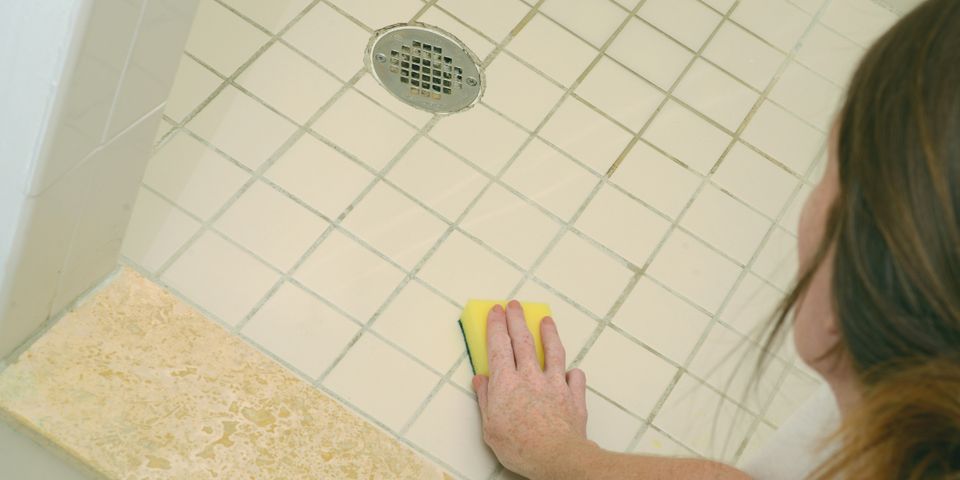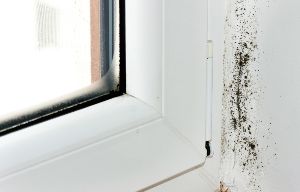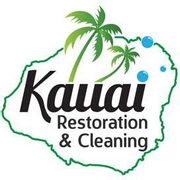
Mold is a fast-growing, pervasive fungus of which there are more than 300,000 species in nature. Fortunately, few types grow in homes, and most are not dangerous. However, certain kinds can cause or exacerbate health conditions, making it essential to know what to look for and when to call a mold remediation company. Here’s a guide to four of the most common species found in homes.
What Types of Mold Are Found in Homes?
1. Aureobasidium
Aureobasidium is one of the most common allergenic molds found in homes. It often grows behind wallpaper or in dark, wooden spaces. It varies in color, typically starting out pink, brown, or black and eventually turning deep brown. It can cause a topical rash on the skin or eyes, so avoid touching this fungus with bare skin. Instead, hire a mold remediation specialist who can remove it safely.
2. Alternaria
Another common allergenic mold, Alternaria, is dark green or brown with a velvety texture. It often grows in damp spaces, like showers or under leaky sinks. You might also find it circulating in the air or on electric cables, cardboard, and textiles. Prolonged exposure can exacerbate asthma and cause inflammation and respiratory difficulties, so prompt mold remediation is essential, especially if a family member has a respiratory condition.
3. Chaetomium

Like Alternaria, Chaetomium often grows in homes with leaks or water damage on drywall, behind wallpaper, or on baseboards, carpets, pipes, roofing, and foundation. It spreads quickly and is difficult to eradicate without addressing the source of the infestation first. Chaetomium changes color, starting white and fading to black with age. It has a fluffy texture and musty odor.
Exposure can cause allergy symptoms, such as difficulty breathing and red, watery eyes. In some cases, because it is a toxigenic mold, Chaetomium exposure can also cause neurological damage and autoimmune disorders, such as lupus. If you suspect your home is infested with Chaetomium, call a professional to remove it.
4. Stachybotrys
Also known as “black mold,” Stachybotrys is one of the most dangerous mold species. It can be black, gray, or dark green, and it usually produces a musty odor. Stachybotrys requires constant moisture to flourish and grows in damp spaces on materials with a high cellulose content, including paper, fiberboard, and gypsum board. It’s usually found in homes with severe water damage.
This fungus can cause flu-like symptoms, headaches, diarrhea, cognitive difficulties, memory loss, and lung tissue scarring. As with other toxigenic molds, address an infestation immediately to preserve your family’s health.
If you need mold remediation in the greater Lihue, HI, area, turn to Kauai Restoration & Cleaning. For more than 20 years, this locally owned company has provided mold inspection and removal services, helping residents restore health and safety to their homes. Call (808) 346-7344 to schedule an appointment or visit the website to learn more about the fire, water, and mold restoration services they offer.
About the Business
(101 reviews)
Have a question? Ask the experts!
Send your question

